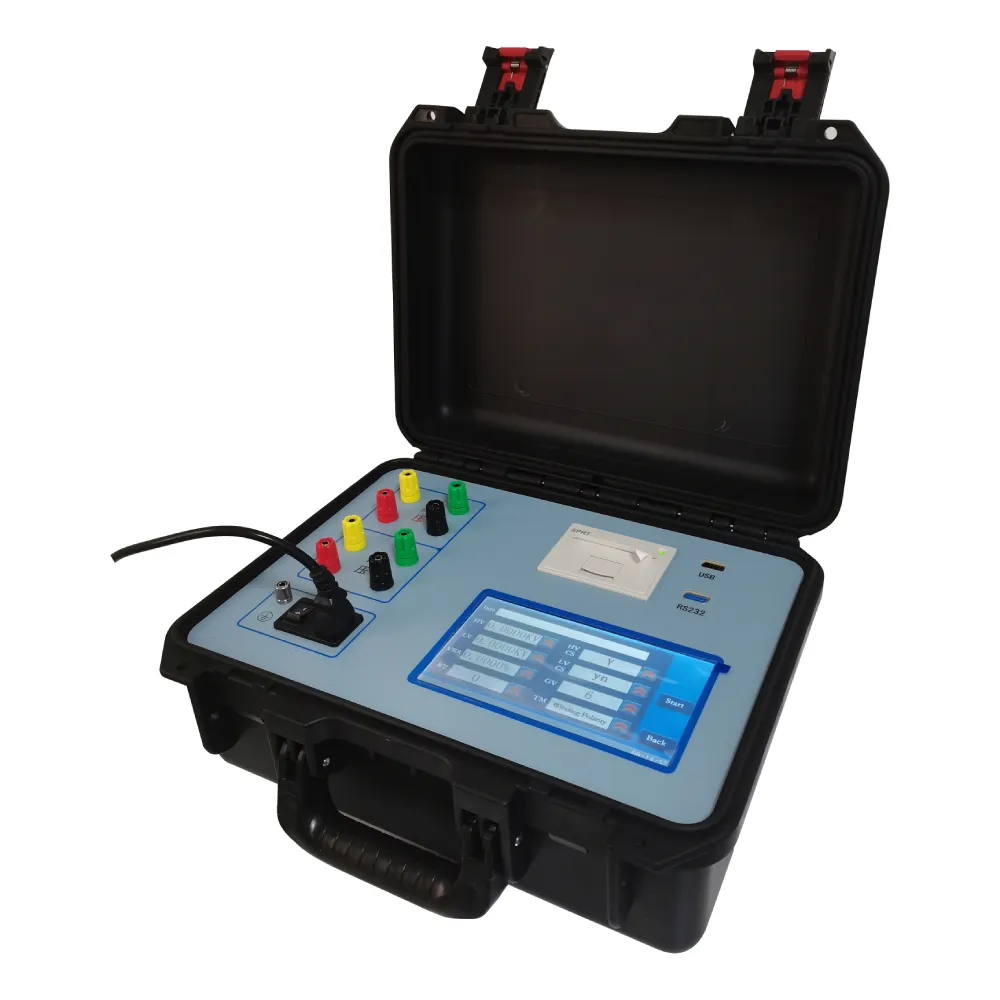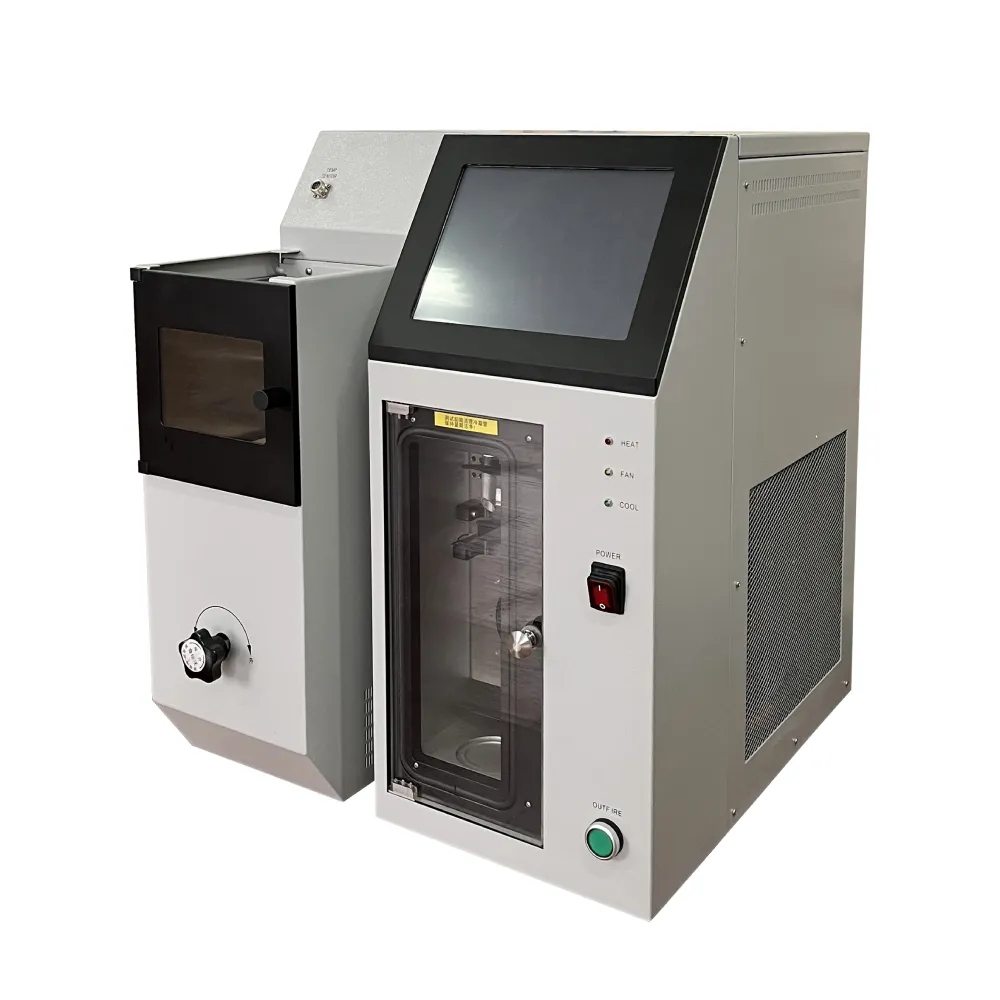TEL:
+86-0312-3189593
 English
English

Telephone:0312-3189593

Email:sales@oil-tester.com

-
 Afrikaans
Afrikaans -
 Albanian
Albanian -
 Amharic
Amharic -
 Arabic
Arabic -
 Armenian
Armenian -
 Azerbaijani
Azerbaijani -
 Basque
Basque -
 Belarusian
Belarusian -
 Bengali
Bengali -
 Bosnian
Bosnian -
 Bulgarian
Bulgarian -
 Catalan
Catalan -
 Cebuano
Cebuano -
 China
China -
 China (Taiwan)
China (Taiwan) -
 Corsican
Corsican -
 Croatian
Croatian -
 Czech
Czech -
 Danish
Danish -
 Dutch
Dutch -
 English
English -
 Esperanto
Esperanto -
 Estonian
Estonian -
 Finnish
Finnish -
 French
French -
 Frisian
Frisian -
 Galician
Galician -
 Georgian
Georgian -
 German
German -
 Greek
Greek -
 Gujarati
Gujarati -
 Haitian Creole
Haitian Creole -
 hausa
hausa -
 hawaiian
hawaiian -
 Hebrew
Hebrew -
 Hindi
Hindi -
 Miao
Miao -
 Hungarian
Hungarian -
 Icelandic
Icelandic -
 igbo
igbo -
 Indonesian
Indonesian -
 irish
irish -
 Italian
Italian -
 Japanese
Japanese -
 Javanese
Javanese -
 Kannada
Kannada -
 kazakh
kazakh -
 Khmer
Khmer -
 Rwandese
Rwandese -
 Korean
Korean -
 Kurdish
Kurdish -
 Kyrgyz
Kyrgyz -
 Lao
Lao -
 Latin
Latin -
 Latvian
Latvian -
 Lithuanian
Lithuanian -
 Luxembourgish
Luxembourgish -
 Macedonian
Macedonian -
 Malgashi
Malgashi -
 Malay
Malay -
 Malayalam
Malayalam -
 Maltese
Maltese -
 Maori
Maori -
 Marathi
Marathi -
 Mongolian
Mongolian -
 Myanmar
Myanmar -
 Nepali
Nepali -
 Norwegian
Norwegian -
 Norwegian
Norwegian -
 Occitan
Occitan -
 Pashto
Pashto -
 Persian
Persian -
 Polish
Polish -
 Portuguese
Portuguese -
 Punjabi
Punjabi -
 Romanian
Romanian -
 Russian
Russian -
 Samoan
Samoan -
 Scottish Gaelic
Scottish Gaelic -
 Serbian
Serbian -
 Sesotho
Sesotho -
 Shona
Shona -
 Sindhi
Sindhi -
 Sinhala
Sinhala -
 Slovak
Slovak -
 Slovenian
Slovenian -
 Somali
Somali -
 Spanish
Spanish -
 Sundanese
Sundanese -
 Swahili
Swahili -
 Swedish
Swedish -
 Tagalog
Tagalog -
 Tajik
Tajik -
 Tamil
Tamil -
 Tatar
Tatar -
 Telugu
Telugu -
 Thai
Thai -
 Turkish
Turkish -
 Turkmen
Turkmen -
 Ukrainian
Ukrainian -
 Urdu
Urdu -
 Uighur
Uighur -
 Uzbek
Uzbek -
 Vietnamese
Vietnamese -
 Welsh
Welsh -
 Bantu
Bantu -
 Yiddish
Yiddish -
 Yoruba
Yoruba -
 Zulu
Zulu
Jan . 31, 2025 01:58
Back to list
acidity test for transformer oil
Acidity Test for Transformer Oil Unraveling the Importance and Methodology
Expertise in this field entails not just mechanical execution of the titration but also the interpretation of results. While a certain degree of acidity is expected, a higher than normal reading is a red flag for maintenance teams. It suggests that the oil is deteriorating, potentially compromising the transformer's efficiency and integrity. Such insights lend themselves to preemptive actions, such as oil filtration, regeneration, or in worse cases, complete replacement. Authoritative testing bodies, such as IEEE and ASTM, have standardized the procedures for acidity testing, offering guidelines that ensure consistency and reliability across tests. Their protocols are widely recognized, enhancing the credibility of the test results when making decisions regarding transformer maintenance. Trustworthiness in presenting acidity test results is paramount. Stakeholders rely on these findings to make informed decisions about the operational management of their electrical systems. It is crucial that the labs conducting these tests are accredited and follow stringent quality control measures, which include routine calibration of equipment, adherence to procedural standards, and regular training for technical personnel. The implications of transformer oil acidity extend beyond immediate equipment care; it translates to cost savings, reliability, and longevity of the electrical infrastructure. Companies that incorporate routine acidity testing into their maintenance schedules often witness improved transformer performance and reduced instances of unscheduled outages. In conclusion, an acidity test for transformer oil is an expert-driven procedure with enormous significance in the electrical power industry. It is a critical tool, leveraging authoritative standards and trustworthy protocols to safeguard transformers. By providing insights into oil quality and potential transformer health, this test enables proactive maintenance strategies, ensuring that transformers remain reliable power grid components.


Expertise in this field entails not just mechanical execution of the titration but also the interpretation of results. While a certain degree of acidity is expected, a higher than normal reading is a red flag for maintenance teams. It suggests that the oil is deteriorating, potentially compromising the transformer's efficiency and integrity. Such insights lend themselves to preemptive actions, such as oil filtration, regeneration, or in worse cases, complete replacement. Authoritative testing bodies, such as IEEE and ASTM, have standardized the procedures for acidity testing, offering guidelines that ensure consistency and reliability across tests. Their protocols are widely recognized, enhancing the credibility of the test results when making decisions regarding transformer maintenance. Trustworthiness in presenting acidity test results is paramount. Stakeholders rely on these findings to make informed decisions about the operational management of their electrical systems. It is crucial that the labs conducting these tests are accredited and follow stringent quality control measures, which include routine calibration of equipment, adherence to procedural standards, and regular training for technical personnel. The implications of transformer oil acidity extend beyond immediate equipment care; it translates to cost savings, reliability, and longevity of the electrical infrastructure. Companies that incorporate routine acidity testing into their maintenance schedules often witness improved transformer performance and reduced instances of unscheduled outages. In conclusion, an acidity test for transformer oil is an expert-driven procedure with enormous significance in the electrical power industry. It is a critical tool, leveraging authoritative standards and trustworthy protocols to safeguard transformers. By providing insights into oil quality and potential transformer health, this test enables proactive maintenance strategies, ensuring that transformers remain reliable power grid components.
Previous:
Latest news
-
Using Distillation Range Testers in the Food and Beverage IndustryNewsApr.16,2025
-
The Impact of IoT on Distillation Range Tester PerformanceNewsApr.16,2025
-
The Best Distillation Range Testers for Extreme ConditionsNewsApr.16,2025
-
How Distillation Range Testers Save Time and MoneyNewsApr.16,2025
-
Distillation Devices for Advanced Separation TechniquesNewsApr.16,2025
-
Common Mistakes to Avoid When Using a Distillation Range TesterNewsApr.16,2025



